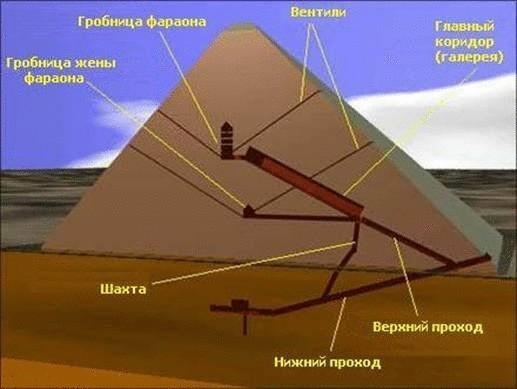376
Physicists have proven the use of wet sand in the construction of the pyramids

To make it easier to drag across the sand, the stones, the Egyptians watered it.
Physicists from the Foundation for fundamental research of matter (Foundation for Fundamental Research on Matter, the Netherlands) and the University of Amsterdam proved that the stone blocks that built the pyramids, could move on wet sand. This is stated in an article published in the journal Physical Review Letters.
The assumption that the stones for the pyramids, moved the portage, on special sleds-sledges were made in the past. The famous fresco from one of the burial time of the XII dynasty in Deir El-Bursch, which shows how 172 to pull the sleigh statue of the nomarch of Djehutihotep. The mural is also the person who is pouring water onto the sand right in front of the sled. However, some scientists doubted that in this way it was possible to move stones long distances.
To check out the "theory of drawing", the Dutch physicists conducted an experiment in the laboratory. They have produced a model of the Egyptian sledge-drag harrows and measured tractive force required for drawing on dry and wet sand. It turned out that the hydration of the sand reduces the required pulling force in half. Sled slide on wet sand is much easier because the sand accumulates in front of them, as it does when it's dry.

According to the materials: The Archaeology News Network, Physical Review Letters
Source: nkj.ru
Scientists have determined the rotation rate of the exoplanet Beta Painter b
Sleeping on the job every sixth























